Countries with a developed technological infrastructure are witnessing video conferencing transition from sitting on the bench to becoming a star player in business and social relations. Instilling physical distancing has replaced overcoming geographical barriers as a prime reason for moving interactions virtually. We now live in a reality where nearly all forms of social dealings are taking place over an online platform.
The Hunting Dynasty team have been working from home for seven weeks now. Like everyone else, we have our personal opinions and anecdotes regarding working remotely and meeting virtually. We share some of those in the following paragraphs, and we encourage you to add your thoughts in the comments below.
Reduced Sensory Cues. Research has always pointed out the importance of non-verbal cues in face-to-face communication. These include eye gaze and kinesic information such as posture, hand gestures and nods, all of which influence feelings of proximity and social presence. It is not unreasonable to believe that these signals are significantly depleted, if not missing, when having conversations with 2D headshots of colleagues. This of course comes with a silver lining: if you’re feeling nervous or agitated, people on the other end of the screen may be missing out on those cues.
Online Meeting Fatigue. It seems like spending hours on video calls every week is not everyone’s cup of tea. There are several factors contributing to the video chat burnout. One factor has to do with technology and sound quality. For instance, silence creates a natural rhythm in face-to-face conversations, but in video calls, you may become anxious about the call falling through. Related to the point mentioned earlier, a big chunk of our communication is made of body language that gives context and depth to conversations. In video conference, because you cannot see other peoples’ full body, you invest more effort in focusing on social cues that are usually more accessible in face-to-face meetings, and this takes a major dip into your energy reserves. One the brighter side, you know that when those energy levels dwindle, you can run the video calls within the comforts of your bed or couch.
Video conferencing is dominating our present, and most likely will play a leading role in our future. What was once foretold as science fiction is now omnipresent. This presents video conferencing companies with a unique opportunity to delve into the realm face-to-face communication and explore possible means of overcoming the “missing link” in their apparatus to get it right. Perhaps integrating augmented reality with video technology could see you logging into your video conference and having your colleagues or customers right there in the meeting space with you. Perhaps the new technology will allow you to exchange glances with others, watch their faces and note who is paying attention or not. Necessity is the mother of all inventions, after all.
Also, as co-founders and supporters of the London Behavioural Economics Network, join the Meetup group and Facebook group for more details and events
Related Posts
August 13, 2023
Money (but not called that, and how it changes behaviour).
Advertising agencies make a lot of…
August 1, 2023
Reading ease is not as easy as all that – comprehension shows the way
It's easy to make text readable, right?…
July 20, 2023
The ‘Hollywood hello’ – and the importance of context when communicating
When communicating we all like to be as…




